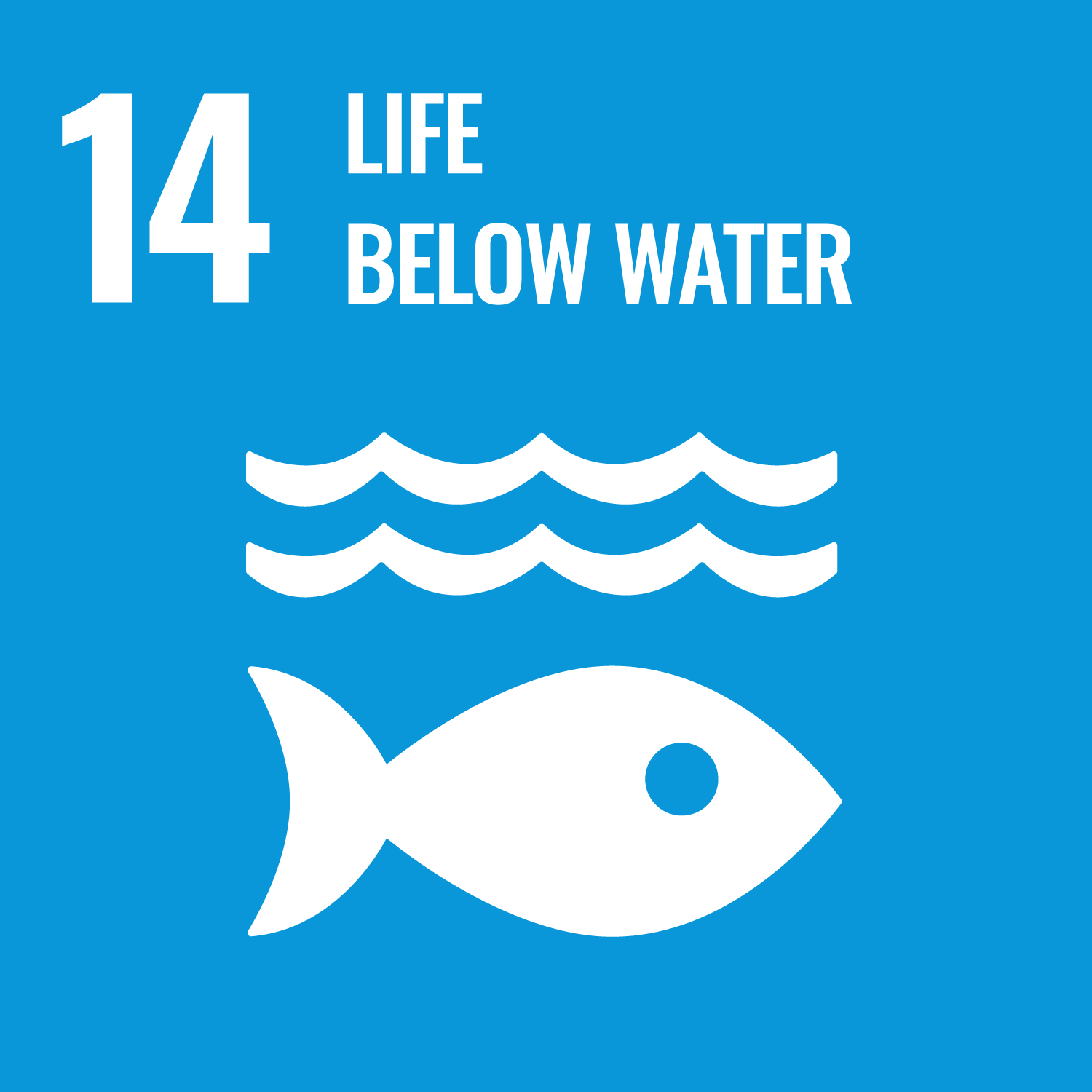ORCID
- Simon T. Belt: 0000-0002-1570-2924
Abstract
Microalgae growing within and attached to the bottom of Arctic sea ice (sympagic algae) can serve as a nutritious food resource for animals inhabiting the sea-ice water interface (under-ice fauna), particularly during the bottom ice-algal bloom in spring. As a consequence, under-ice fauna is likely impacted by sea-ice decline and changes in ice-algal primary production. To investigate this, samples of pelagic (=PPOM) and ice-associated particulate organic matter (=IPOM) and the iceassociated amphipods Apherusa glacialis and Eusirus holmii, and polar cod (Boreogadus saida), collected below ridged sea ice at two locations with pronounced differences in productivity in the northern Barents Sea during May 2021, were assessed for their trophic marker content. Specifically, we investigated the composition of diatom- and dinoflagellate-produced fatty acids (FAs), pelagic and sympagic highly branched isoprenoid (HBI) lipids as well as sterols to determine the animals’ dietary preferences and trophic association to the sea-ice habitat during spring. Relative proportions of FAs differed strongly between PPOM and IPOM, indicating differences in species composition and degradation state between pelagic and sympagic habitats, respectively. FA signatures and sterol content of the consumers largely resembled known diet compositions with a strong reliance on diatom-derived carbon in A. glacialis, a higher degree of carnivory in E. holmii and evidence of Calanus-feeding in polar cod. Sympagic HBIs were detected at either low concentrations or not at all, in both producers and consumers, likely as a result of the very low abundance of their source diatoms. Pronounced trophic marker variability in A. glacialis collected at the highly productive shelf slope station versus the less productive central Arctic Basin station suggests a surprisingly high flexibility in carbon-source composition with a stronger reliance on pelagic food when available versus a higher importance of ice algal carbon when pelagic production is low. Nevertheless and despite the general lack (below detection limit) of sympagic HBIs in our dataset, high ice-algal biomass and elevated proportions of polyunsaturated FAs in IPOM compared to other seasons indicate that ice algae constitute a valuable nutritional carbon source as alternative to pelagic carbon during spring.
DOI Link
Publication Date
2022-01-01
Publication Title
Progress in Oceanography
Volume
208
ISSN
0079-6611
Acceptance Date
2022-09-06
Deposit Date
2022-04-10
Embargo Period
2022-10-06
Recommended Citation
Kohlbach, D., Smik, L., Belt, S., Hop, H., Wold, A., Graeve, M., & Assmy, P. (2022) 'A multi-trophic marker approach reveals high feeding plasticity in Barents Sea under-ice fauna', Progress in Oceanography, 208. Available at: 10.1016/j.pocean.2022.102895


